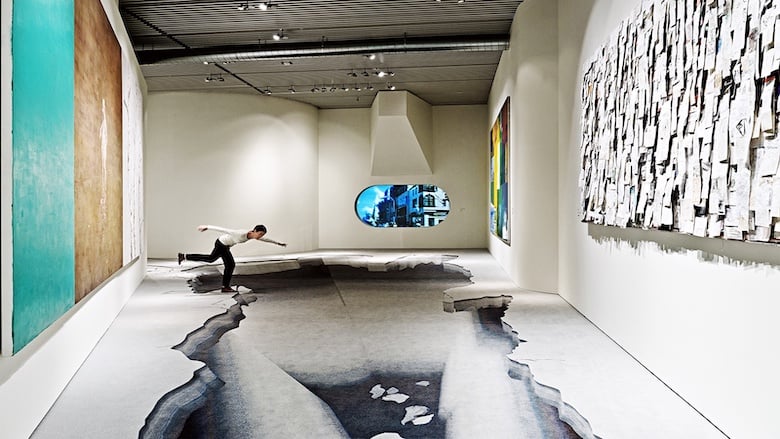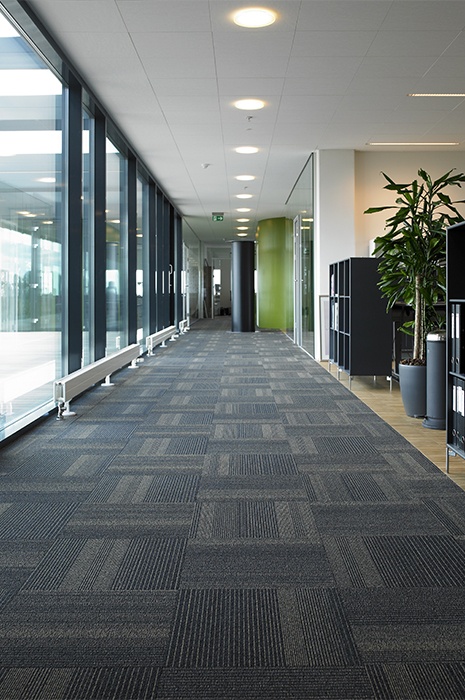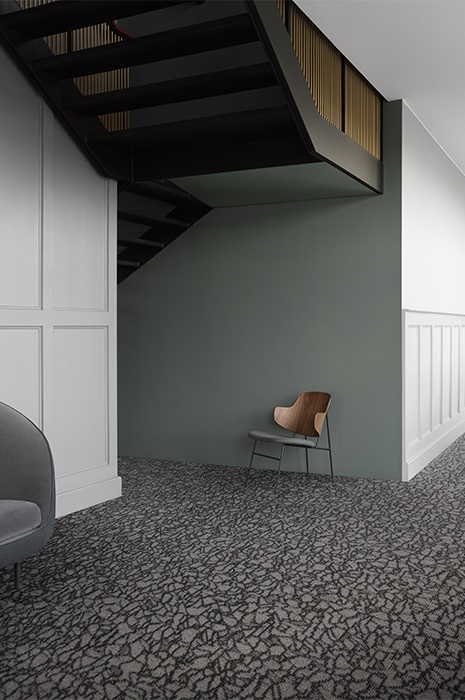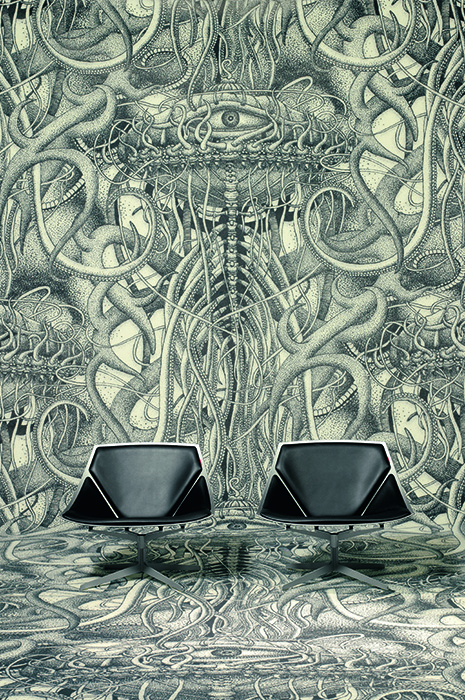
This is the ninth chapter of The Ultimate Guide to Carpets.
Download the full guide here.
Flooring can be a major component in any interior project budget, so how much does a commercial carpet cost compared to alternative floorcoverings such as timber, stone or tile? The answer is basically “How long is a piece of string?” There are so many variables in carpets, from construction and type of backing to custom design and installation costs, that there's no simple set answer.
Get a complete guide to office carpeting here.
While we can't give you the exact prices of a commercial carpet without knowing your product specifications, we can however give you the variables that most significantly affect the cost of commercial carpet.

The type of fibre used – from natural wool to several different types of nylon – also affects the cost of commercial carpets, with natural fibres generally being more expensive. For wool, prices depend on the pureness and the average length of fibres. For nylon, prices depend on the use of BCF or staple fibres. It also plays a role if the yarns are pre-dyed or not, with pre-dyed yarn generally being less expensive.

A commercial carpet in a standard design or colourway will generally be less costly than a custom designed or custom coloured carpet or carpet tiles.
Type of carpet backing plays an important part in ensuring high quality carpet properties such as:
Carpet backing adds structural stability, shape and protection and the material used, its thickness and firmness, can affect the long-term durability of the carpet. Carpet backing can also act as an integrated underlay so the carpet can be fixed directly to the subfloor reducing the installation costs.

Generally, the cost of commercial carpets decreases in this order, with the first being the most expensive backing type:
All these backing types have different purposes, and different price points, so be sure to consult your carpet supplier to choose the most suitable backing for every situation in your project – such as high and low traffic areas – and that best fits within the overall project budget. Also consider that while some commercial carpet backings might have higher initial costs, choosing a cheaper carpet backing might mean added expenses for installation, maintenance and replacement – and vice versa.
Wall-to-wall installation is typically more complex, more time-consuming and more costly than carpet tile installation and there is also typically significantly more wastage. This means that comparing square meter prices between wall-to-wall and carpet tiles is like apples and oranges when calculating total costs. The costs that you need to consider in regards to installation of the commercial carpets are:
When talking budget with your carpet manufacturer, ask about how changes in these aspects will affect your total commercial carpet price:
Get in touch with us here, we're ready to assist your next project.
Design inspiration delivered straight to you